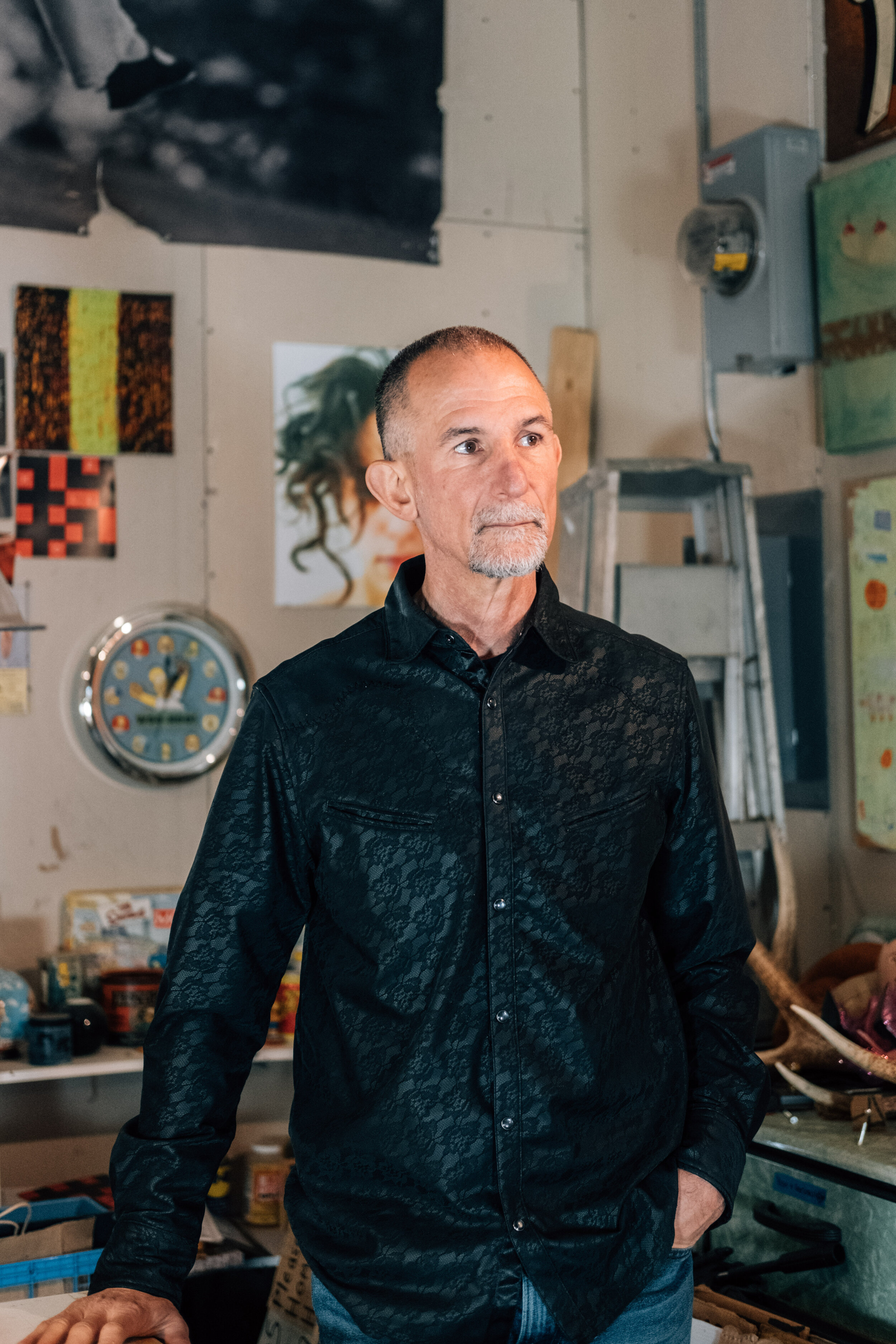Story and photos by Hunter Lacey.
Willie Baronet started the We Are All Homeless project in 1993 in response to the feeling that surfaced each time he encountered a person standing at an intersection holding a sign and asking for help. Like many of us, he weighed the options of giving money or other physical help, and wondering if such a small gesture was truly changing the situation and systematic cycle of poverty. That all began to change when he started asking he could purchase the sign they were holding. The conversations and experiences Willie had through his interactions with homeless individuals has transformed his life.

There is a big question Willie asks: “Is home a physical place, a building, a structure, a house? Or is it a state of being, a sense of safety, of being provided for, of identity?” More than 1,800 signs serve as markers of Willie’s “journey, inward and outward, or reconciling [his] own life with [his] judgments about those experiencing homelessness.”
The event I attended on a brisk morning in November was a We Are All Homeless walk. It took place on SMU’s campus where Willie is a professor. Teaching creative advertising is the perfect work to coincide with We Are All Homeless and the exhibition of collected signs that travels the country.
The event started with a lot of us, strangers to one another at first, just standing together and chatting. After an hour, Willie stood up to introduce a man who performed spoken word poetry surrounding his experience of knowing homeless individuals and experiencing homelessness himself. A few other people, including current SMU students, stood up to talk about their own experiences surrounding homelessness. Putting familiar faces to the name “homeless” allowed for a deep, perspective-shifting moment. After the speaking all the attendees lined up with a cardboard sign from the collection and walked across campus in a single-file line.
During the walk, Willie encouraged each participant to spend time thinking about their own stigmas about homelessness and how those stigmas had been challenged that morning. Though I did not talk to many of the attendees, it was clear to me that the experience of each person differed greatly across the board. Some were moved to tears—perhaps they had been homeless themselves previously? Or had a family member struggling with homelessness? Some were stoic—perhaps their minds were shifting? Some were joyful—perhaps feelings of gratitude for the awareness being brought around this human issue?
